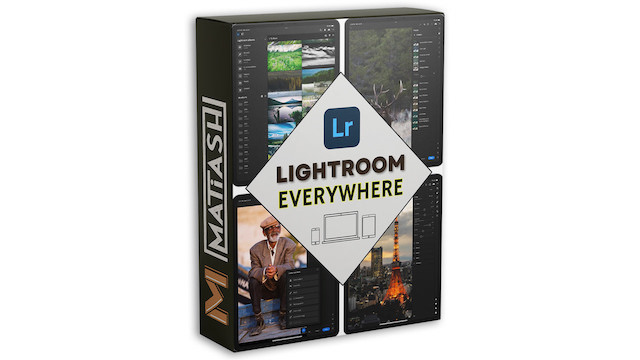Generative Remove Just Got Way Better (What's New in Lightroom v8.5)

Lightroom v8.5 might seem like a "quality of life" improvement update on the surface, but dig a little deeper and you’ll find several enhancements that are actually quite useful. In this article, I’ll walk through the improvements to Generative Remove, the new Auto Dust Spot Removal in Adobe Camera Raw, and the updates to the AI Edit Status menu—explaining not just what changed, but why it matters for your workflow.
Better Results and Speed from Generative Remove
If you’ve used Generative Remove or the Distracting People Removal tool, you may have noticed the occasional “hallucinated” object—unexpected people or objects where you didn’t expect them. This often happens when the removal stroke doesn't include the primary subject's reflection or shadow.
In this update, the underlying Firefly model has been significantly improved. Now, even with a quick, rough stroke around a subject, the results are cleaner and far less prone to introducing visual artifacts. Not only that, but performance has improved as well. You’ll see faster results—up to 2× faster in some cases—especially when making multiple edits in succession.
If you’ve avoided Generative Remove in the past because of unreliable results, now is a good time to revisit it.
Auto Dust Spot Removal (Early Access) in ACR
This next feature isn’t currently in Lightroom, but it’s worth knowing about if you use Adobe Camera Raw. A new Auto Dust Spot Removal tool is available as an early access feature in ACR 17.5. It scans your image for sensor dust and removes most, if not all, of it with a single click.
This is especially helpful for older files, where dust cleanup can be a tedious chore. You still have manual control—you can delete or refresh individual spots—but the tool does most of the heavy lifting.
Smarter AI Edit Status Tracking
Lightroom’s AI Edit Status menu helps you manage AI-based edits like Denoise, Adaptive Presets, and now Dust Removal from ACR. If you apply an AI tool “out of order” (for example, applying Denoise after using Dust Removal in ACR), it can invalidate downstream edits, requiring you to update or remove them.
This can be confusing, but Lightroom v8.5 makes the menu more informative. It clearly shows which tools were used, where they sit in the order of operations, and whether they need to be updated or removed.
Here’s the key tip: Apply AI Denoise first. Since it sits at the top of the AI processing stack, doing it early prevents later tools like Dust Removal from being invalidated.
It's Time to Learn How To Use Lightroom Everywhere!
If you enjoyed this topic and want to learn how to get the most out of Lightroom's cloud-based ecosystem on the desktop, smartphone, and tablet, then you should check out my Lightroom Everywhere course! It has over ten hours of easy-paced lessons that'll teach you how to make the most out of Lightroom Desktop, Mobile, and Web.




